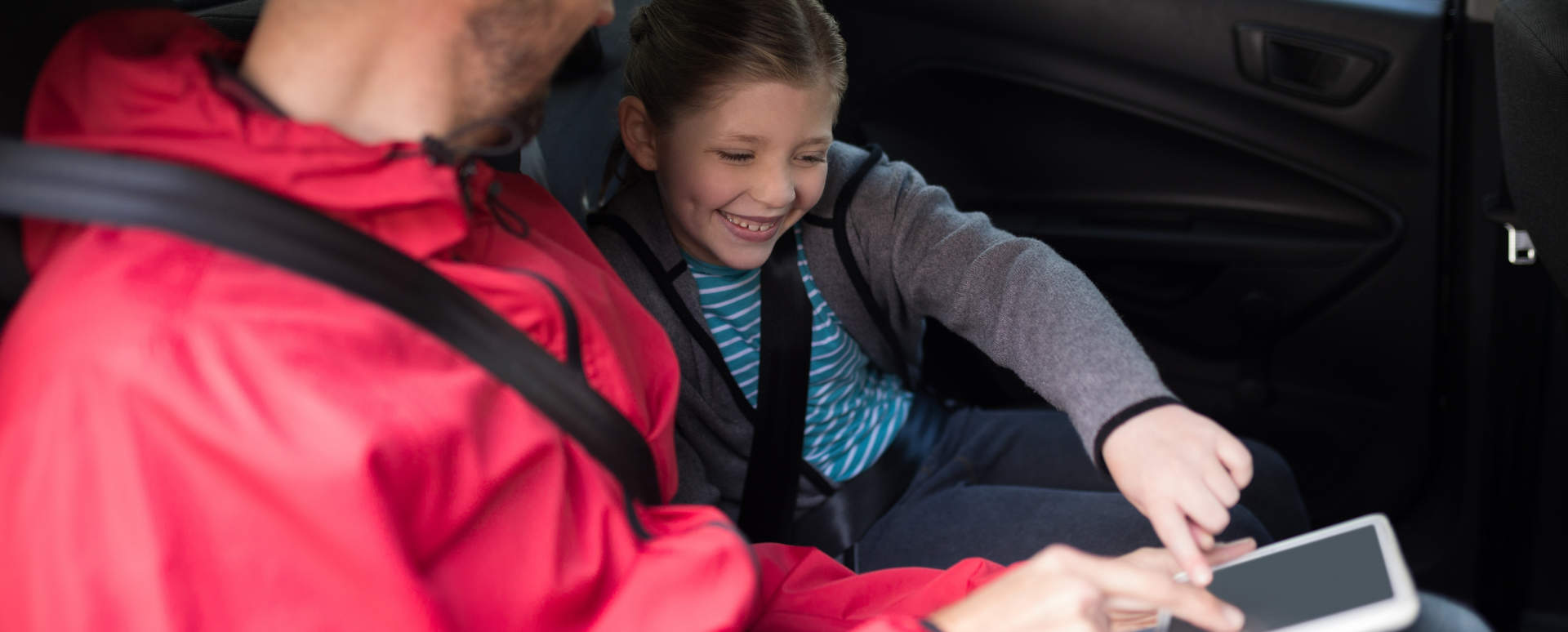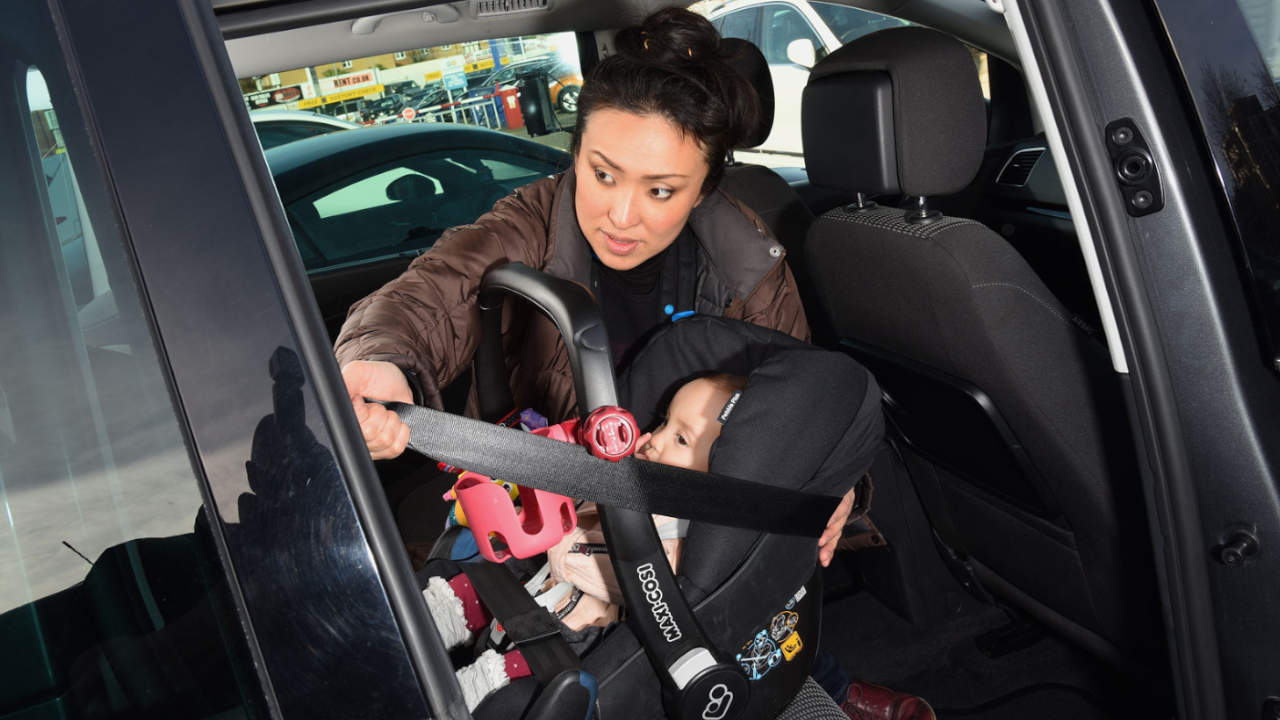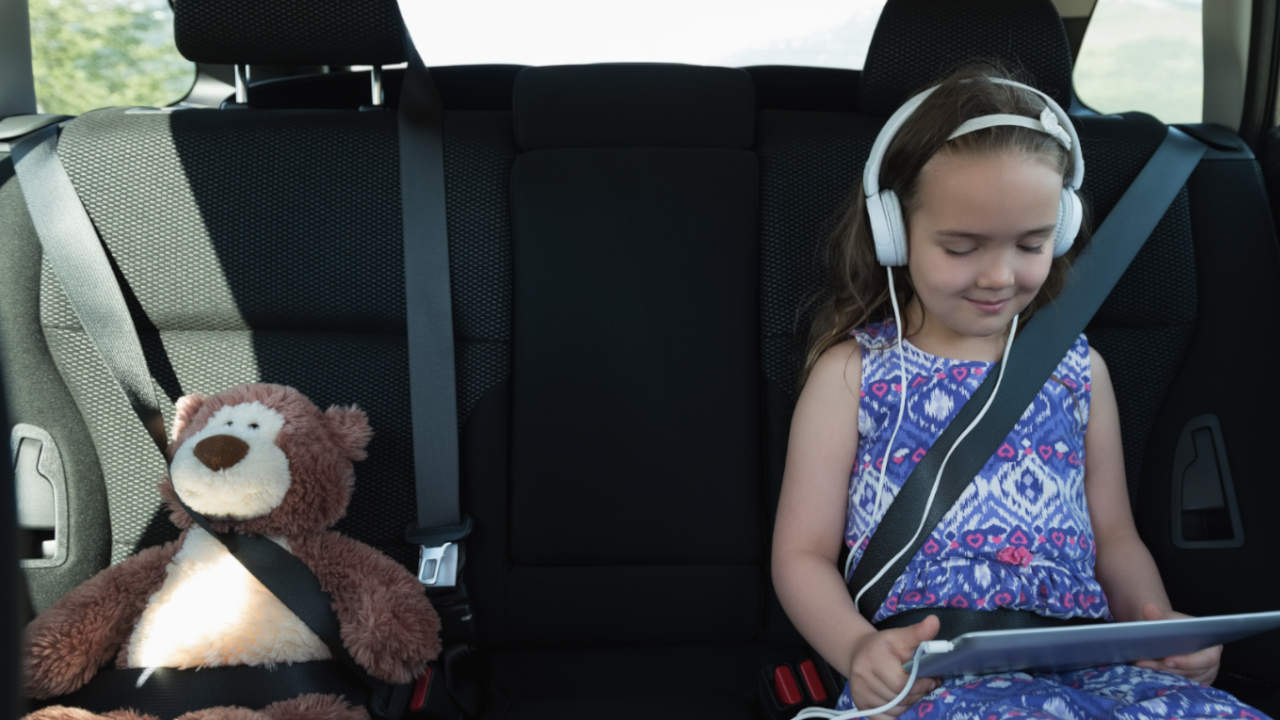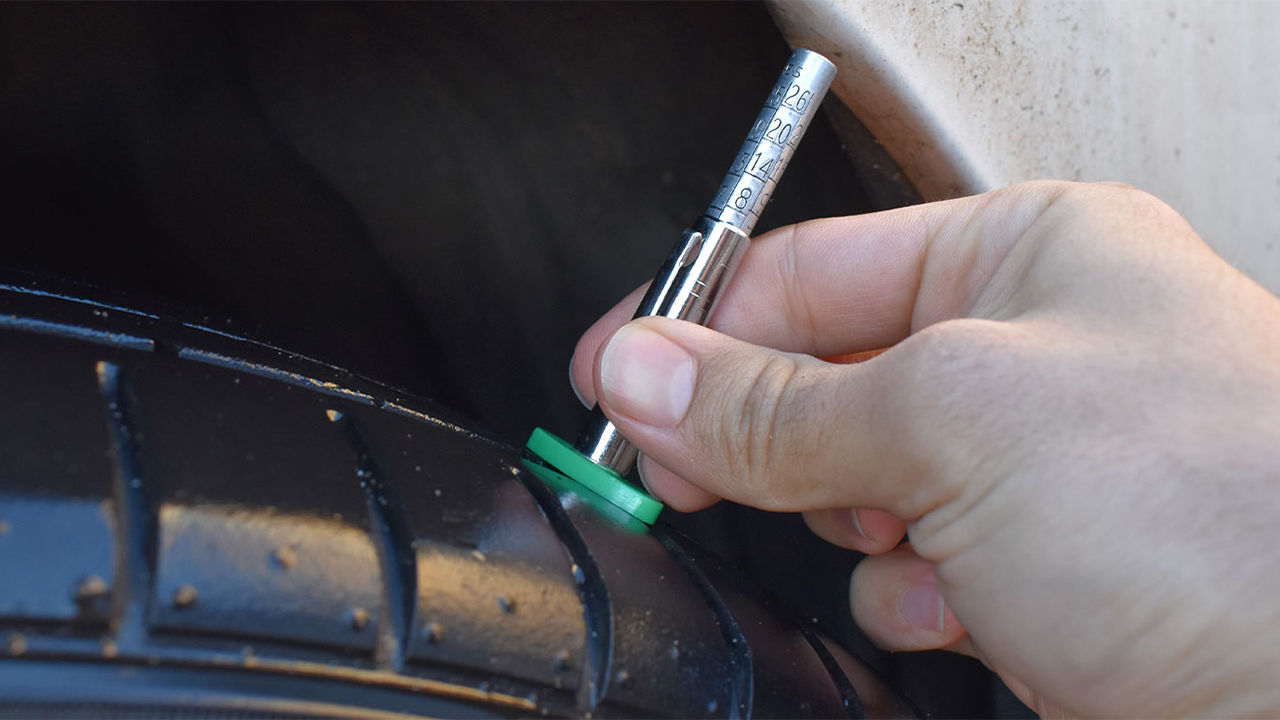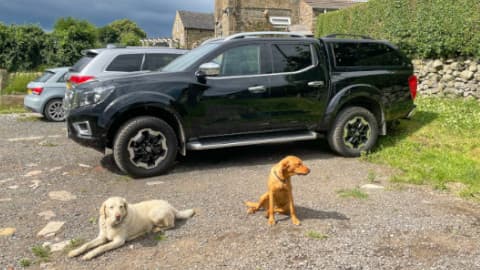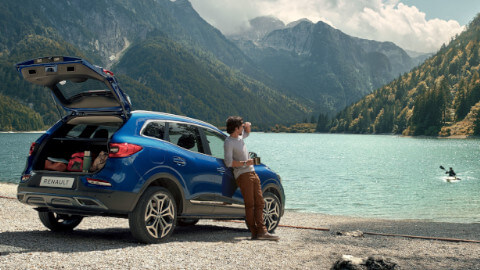Guide: How to Keep Your Children Safe in the Car
25th Feb 2021
By Nathan Dale
Make every journey safe
On average, children spend about three hours per week in the car with their parents, and around 96 hours per year travelling with grandparents.
Every parent wants to make all these journeys safe for their children, but child car safety is about more than just driving carefully, or even taking extra caution on the road.
Here are the steps you can take to keep your children safe and comfortable in the car.
Choose the right car seat
When you think of child car safety, the first thing that comes to mind is probably a car seat. The law says that children have to use the correct child car seat until they are either 12 years old or 135cm tall, whichever they reach first.
There's a variety of car seats available for each stage in your child's development and size, so with the right purchase you can make sure your child is travelling safely and legally.
Don't rush your decision when buying a car seat. Be sure to find one that fits both the weight and size of your child and can be easily secured in your car. You can usually test them before you buy them, but if not, make sure there is a return policy in case it doesn’t quite fit properly. Read the instructions fully when installing to ensure the seat is fitted correctly and safely.
Types of car seats
Baby seats
Up to 13kg, your child should be placed in a rear-facing baby seat. This gives extra support to the baby's head, spine and neck - but only if they are small enough to fit inside.
These seats are designed to sit in both the front and back of the car but it's advised to only use the front seat if absolutely necessary. If this is the case, switch the passenger airbag off.
Child seats
Forward-facing child seats are designed to offer protection to children weighing 15-28kg. They can be locked using ISOFIX child seat mounting points, which is a safe and easy way of installing child car seats.
If you're struggling to find a car large enough for all the seats you need, check out these cars that can fit three child seats in the back.
Booster seats
Booster seats are for children weighing 25kg or more. As the name suggests, they ‘boost’ the child’s height so that the seatbelt is fully effective and fits them in the right position.
They are also useful if your child often gets lifts from other parents, as boosters are lightweight and can be transferred between cars easily.
This type of car seat is only suitable if the rear seats have head rests to offer suitable protection to the child.
Mirrors and windows
Sun shades
Cars can get super-hot, especially on a sunny day. Children can overheat easily, but you can protect them from the heat and glare of the sun by installing window blinds. They are cheap, effective, and easy to attach, and will put your mind at rest on hot days so you can focus on driving.
Window locks
Children winding down the windows is a danger as they could climb out of the car or get a limb trapped. Having the car's window child locks for the back of the car switched on prevents this, and also makes sure the window blind does not fall out.
Adjust your mirror
Finally, adjust your rear-view mirror so you can see both the road behind you and your child. If you cannot see both there are additional mirrors and accessories you can buy to increase your view of the back seats.
Some MPVs and 7-seaters have convex mirrors fitted from the factory purely for this purpose.
Check your car's tyres regularly
In the UK, unsafe tyres cause a high number of accidents every year. Our research shows that one in four cars on British roads has a defective - dangerous - tyre. This could not only land you in hot water with the police, it could also lead to a serious accident should the tyre fail at high speed.
It’s therefore really important that you check your tyres regularly. Follow these simple steps to make sure your tyres are in good health:
- Inspect the tyre for damage including cuts, tears, slashes and bulges. If you see anything untoward, get them checked by a professional.
- Check the pressure at the recommended manufacturer level. If it's too low or even too high, this will reduce the ability of the tyre to grip the road.
- Check the tread depth of each tyre individually. Place a 20p coin at various places in the tread, if you can see the outer edge, it's time to replace the tyre.
You should aim to perform these checks once every couple of weeks, to make sure your tyres are in tip-top condition.
Make sure your car is safe
It's important to make sure the rest of your car is kept in good condition too, not just the tyres. Steering, suspension and brake parts are all critical to the safety of your vehicle, so making sure your car is serviced on time and regularly checked over by professionals is paramount.
At Evans Halshaw, we offer free vehicle health checks to help you identify any potential problems with your car. Our highly trained technicians will be more than happy to give your car a once over, and let you know of any issues that might need addressing.

